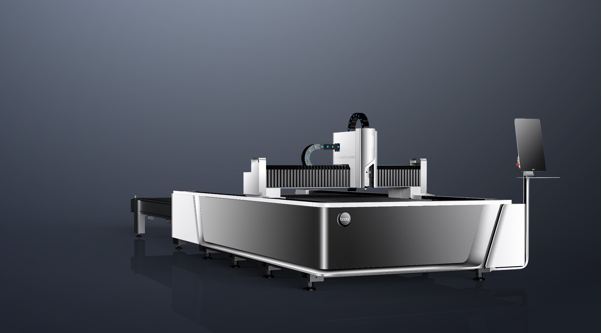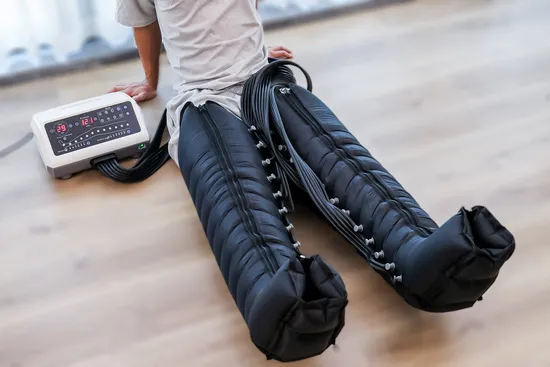
A fatal workplace incident involving a Chinese-manufactured laser cutting machine has triggered a multi-million-dollar civil lawsuit in Nevada, shining a harsh spotlight on Jinan Bodor CNC Machine Co., Ltd.—a company that once claimed to lead the world in fiber laser cutting equipment exports.
The lawsuit, filed by the family of 38-year-old Jose Luis Ortiz Rojas, alleges gross negligence and deceptive trade practices by Bodor and its U.S. partners. Ortiz, an employee at Wolf Powder Coating in Las Vegas, was fatally crushed in October 2022 by a Bodor P3015 laser cutting machine. Court documents detail that the machine failed to detect his presence when he opened the side door—despite manufacturer claims of “intelligent visual collision avoidance systems” designed to prevent such tragedies.
Plaintiffs argue that the machine’s safety system was either deactivated or nonfunctional. They further allege that Bodor’s promotional materials—including YouTube videos and website claims—were misleading, asserting a level of safety that ultimately did not exist in practice. The case outlines five causes of action, including wrongful death and product liability, and seeks both compensatory and punitive damages.

A Brand Built on Questionable Claims
Bodor Laser frequently touts itself as the world’s leading supplier of fiber-laser cutting machines, boasting more than 8,000 units shipped at 1 kW and above—its sixth consecutive year, the company says, at the top of the league tables.
Dig a little deeper, though, and that “global No. 1” status rests on a ranking from the obscure Shenzhen Qianzhan Industry Research Institute—a list that many industry veterans dismiss as little more than a vanity exercise, short on authority and transparency.
This aggressive marketing helped Bodor gain rapid traction in North America, Europe, and Asia, particularly among small to mid-sized manufacturers drawn by its low-cost machines and flashy promotions. But in recent months, those ambitions have run headfirst into mounting compliance failures and regulatory backlash—causing a sharp reversal in its global expansion.
According to import-export figures compiled by Global Trade Atlas, Bodor Laser’s export volume began to fall sharply in late 2024, culminating in a near-collapse of U.S. shipments by Q1 2025. The decline follows a cascade of regulatory actions across major markets .
U.S. Market: A Series of Devastating Blows
Once a key growth frontier for Bodor, the U.S. has effectively become off-limits. The fallout began in 2024 when the U.S. Food and Drug Administration (FDA) placed Bodor on its Import Alert Red List over product safety concerns. That same year, the U.S. Treasury’s Office of Foreign Assets Control (OFAC) added entities tied to Bodor to its Specially Designated Nationals (SDN) list, freezing its ability to transact in dollars or work with U.S. partners.
The fatal incident involving Ortiz added fuel to the fire. OSHA reports detail at least two workplace fatalities involving Bodor equipment, raising urgent questions about the manufacturer’s safety protocols and training practices.
In January 2025, the FDA issued a recall order covering 269 units of Bodor’s P and C series laser machines, citing unresolved safety hazards linked to previous incidents. A full U.S. import ban followed in February.
India and Russia: Markets Full Lost
The damage isn’t confined to Western markets. In India, Bodor suffered a double blow: a steep 77.8% anti-dumping tariff and a 60 million rupee penalty for falsifying certificates of origin. As a result, the company’s 2024 exports to India plummeted to just $210,000—a near-total collapse from previous levels. In Russia, OFAC-related restrictions targeting one of Bodor’s dealers further disrupted operations. Under mounting pressure from U.S. financial sanctions, Bodor was ultimately forced to shut down its operations in Russia entirely.
Industry analysts cite a dangerous mix of rapid expansion, poor compliance governance, and misleading marketing. While Bodor was once heralded as a disruptive force in fiber laser cutting with aggressively priced machines, the company’s inability to navigate global compliance regimes has proven catastrophic.
“The brand was built on speed—fast growth, fast deals,” said one former distributor who requested anonymity. “But it seems they didn’t build the foundation needed for long-term sustainability in regulated markets.”
For years, some Chinese manufacturers have focused heavily on rapid market expansion and flashy brand positioning, often at the expense of product quality systems and a deep understanding of international regulatory standards. In mature markets like North America and Europe, price advantage and aggressive marketing alone are no longer enough to sustain long-term growth. Bodor Laser is a textbook example of this model: propelled by exaggerated claims such as being the “world’s No.1 in sales” and an aggressive promotional push, the company quickly entered the North American market—only to expose critical weaknesses in compliance and safety infrastructure.
Now, Bodor faces an ongoing product liability lawsuit in Nevada involving a fatal incident allegedly caused by a machine safety failure. But beyond the tragedy itself, the case brings into focus broader legal questions around false advertising, product responsibility, and corporate negligence. Industry experts believe this lawsuit could set a precedent for how Chinese industrial equipment manufacturers are evaluated under Western legal standards—potentially reshaping expectations for transparency, compliance, and accountability. For Bodor, the stakes are high. But for China’s laser equipment export sector as a whole, the implications could be even more profound.



